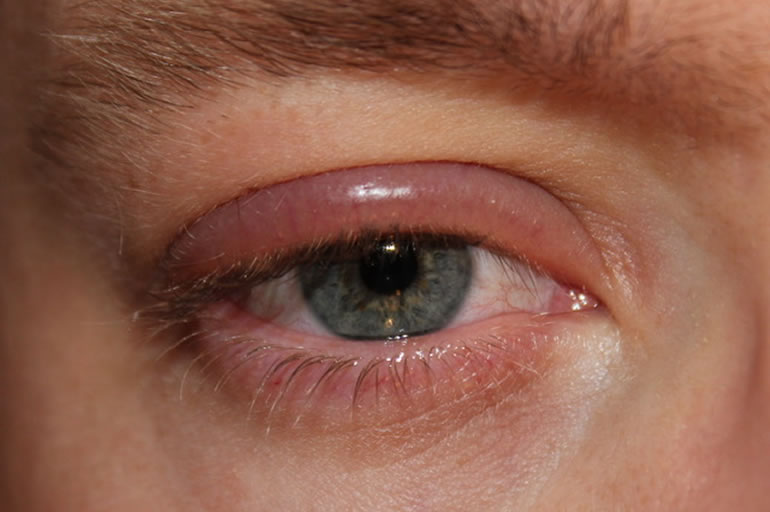Blepharitis
What is blepharitis?
Blepharitis is an inflammatory condition affecting the eyelids. It is common and cannot usually be completely cured by a single course of treatment. However, it is often possible to manage this condition so that you experience minimal discomfort and irritation. There are 2 broad subtypes "Anterior" and "Posterior" although the two commonly co-exist. It is also found more commonly in patients with other skin conditions such as eczema and acne.
What are the symptoms?
Symptoms are typically sore, red thickened eyelids, often with significant crusting or flakes. It often co-exists with dry eye syndrome giving gritty, tired eyes.


What is the treatment?
The mainstay of blepharitis treatment is "lid hygiene" and treating any residual dryness with lubricating eye drops.
Lid hygiene is performed by first softening the excess oils, crusts and flakes that have built up in the eyelids. This is done with a hot flannel or microwaveable eye bag taking care not to burn the skin. The eyes are then massaged to clear the debris that has often blocked the oil (meibomian) glands. Press firmly on the eyelids adjacent to the lashes to express any meibomian secretions and clean the edges of the eyelids with a moistened flannel or cotton bud. This should be done twice a day initially before dropping down to a frequency that controls your symptoms.
Whilst clean hot water is usually sufficient, there are variety of commercially available products that can be found in your local chemist such as eyelid wipes and eye bags. Some people also find that a little baby shampoo or bicarbonate of soda added to the water can help to remove excess oils but this is often not necessary and can occasionally irritate the eyes.
It is likely that cleaning the eyelids will initially make the discomfort worse. It is advisable to persevere as your eyes will soon become more comfortable if you continue with the treatment.
If you have been provided with some eye ointment, it is important that this is applied after lid hygiene.
If you have been prescribed tablets, please note that although these are antibiotics, they are at a dose below that of antibacterial function. Their role is to change the lipid (fat) metabolism in the eyelid glands. The conventional treatment period is for 6-12 weeks but newer drugs may allow a successful course of treatment in only 3-5 days.
